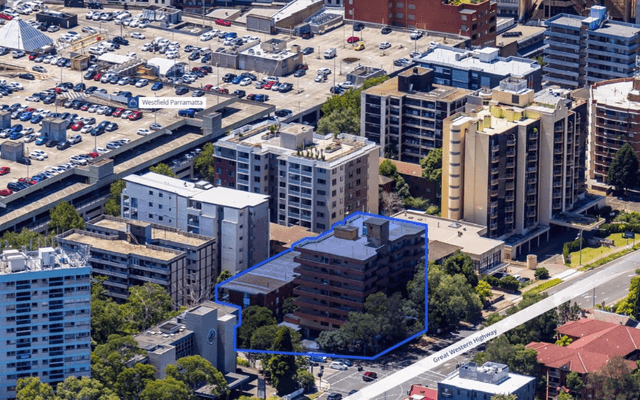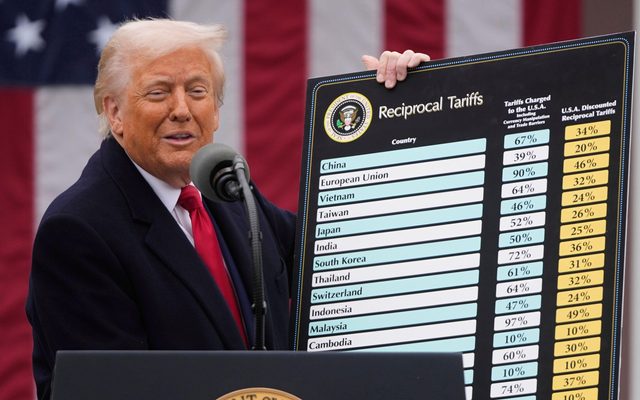This article is from the Australian Property Journal archive
SPAIN and Australia will experience the largest house prices fall in 2020 due to the impact of COVID-19, according to Fitch Ratings.
Fitch has revised downwards its full-year forecasts for 2020 for all these countries except for China compared. It predicts Spain will suffer the most significant fall in house prices, decreasing by 8%-12%, followed by Australia with 5%-10% and the United Kingdom with 3%-7% assuming the avoidance of a “cliff-edge” Brexit at the end of this year.
But they are not alone, Fitch expects home price growth in most countries globally to be adversely affected by the pandemic, including the United States, China and Germany.
“We have highlighted these six countries due to their important or growing RMBS or covered bond markets and their differing levels of containment of the pandemic.
Fitch said the markets are suffering from contracting economies and deteriorating labour-market conditions due to the pandemic.
“Our home price forecasts consider how far this is mitigated or magnified by country-specific factors including policy responses, supply constraints, immigration and contrasting home price trends entering the pandemic.
“For example, we expect US home prices to end 2020 largely flat versus 2019. The robust YTD home price growth (of 2.5% through April) will be counterbalanced in 2H20 by price declines in markets hit hard by lockdowns and job losses. However, limited new supply in the low- to mid-price tiers and low mortgage rates are likely to attract previously side-lined buyers, which we expect will prevent large price falls,”
In Australia, Fitch said extremely low immigration and fewer foreign students this year will hurt house prices, which were only recently recovering from a downturn.
“Pent-up demand, a quick reopening after lockdown, lower mortgage rates and the easing of regulatory restrictions will support largely stable home prices for the rest of 2020 and 2021.
Economies that reopened too quickly from lockdowns face more downside risk from the re-imposition of restrictions and resultantly weaker labour markets The US currently stands out in terms of new daily coronavirus cases.
“Our global downside scenario includes a more severe and prolonged period of stress with a recovery to pre-crisis GDP delayed until the middle of this decade, which would put additional pressure on prices,”
Fitch expects the pandemic to have the smallest impact on home prices in China.
“Under our baseline scenario, we forecast home prices to largely stabilise in the UK and Spain with a higher possibility of muted growth in Australia in 2021.
“Our forecasts take into account the fact that government support schemes for workers are likely to be withdrawn as economic growth recovers to some degree, while foreclosures and forced sales are likely to resume after the end of current forbearance periods.
“In Australia, we expect increased foreclosure activity in 2021 due to higher unemployment, even though banks will be able to offer payment deferrals on a case-by-case basis up to and including March 2021, and government stimulus packages may be extended past their scheduled expiry dates in some limited capacity,”
“In the US, we expect to see some increase in the number of distressed property sales in 2021 after current government protection and lender support subsides. The forced sales will be concentrated in areas with high unemployment or high rental vacancy rates. However, servicers are well-positioned (and required) to pursue loss-mitigation strategies for those borrowers who need payment assistance due to reduced income, which should temper rates of defaults and foreclosures.
“We anticipate the resumption of foreclosure activity in the UK because the current moratorium on repossession activity expires at end-October 2020. In the first instance, the borrowers that face foreclosure will be those who were already in late-stage arrears before the pandemic. For loans that entered arrears or default during lockdown or enter afterwards, lenders will first explore restructuring options. We expect foreclosures to peak in 2021 or potentially as late as 2022, because of the implementation time for the lenders’ various forbearance processes.
“In Spain, we will most likely not see foreclosures until 2022. This is because lender-led payment holiday schemes can last up to 12 months and because the period from the first missed payment to the beginning of foreclosure proceedings is at least 12 months,” Fitch forecast.




